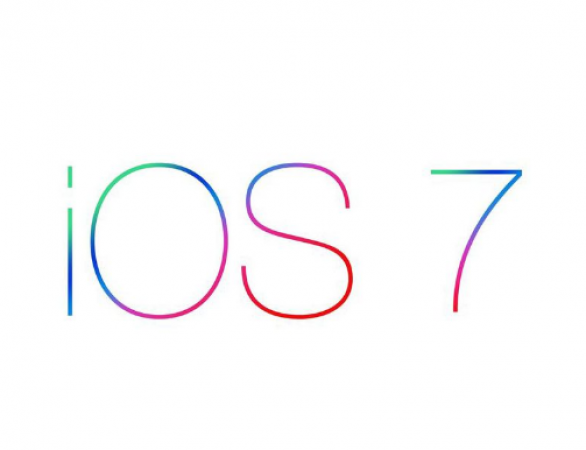
Introduction
Released on September 18, 2013, iOS 7 marked a pivotal moment in the history of Apple's mobile operating system. With its comprehensive redesign, enhanced features, and user-centric approach, iOS 7 brought about a significant transformation that revolutionised the iOS ecosystem. This article delves into the key aspects of iOS 7, exploring its design philosophy, notable features, and lasting impact on the mobile industry.
Design Language and Philosophy
One of the most striking aspects of iOS 7 was its departure from skeuomorphic design, which was prevalent in earlier versions of iOS. Under the leadership of Jony Ive, Apple's design chief, iOS 7 adopted a more minimalist and flat design language. The redesign aimed to create a harmonious user interface that focused on content and simplicity. Glossy textures and realistic elements were replaced with clean lines, vibrant colours, and subtle animations, delivering a fresh and modern aesthetic.
Control Centre and Convenience
iOS 7 introduced the Control Centre, a game-changing addition that provided quick access to commonly used settings and controls. By swiping up from the bottom of the screen, users could effortlessly toggle Wi-Fi, adjust screen brightness, control media playback, and access key features such as Aeroplane Mode and Do Not Disturb. The Control Centre greatly enhanced user convenience by eliminating the need to navigate through multiple menus and putting essential controls at users' fingertips.
Revamped Notifications and Multitasking
iOS 7 brought significant improvements to the notification system. The new Notification Centre provided a streamlined and organised view of missed alerts, messages, and updates from various apps. Users could access the Notification Centre by swiping down from the top of the screen, allowing for effortless management of notifications.
Moreover, multitasking received a substantial upgrade in iOS 7. Apps were granted the ability to update in the background, ensuring users always had the latest information without sacrificing battery life. The redesigned multitasking interface allowed users to switch between apps seamlessly, employing an intuitive card-based system that showcased app snapshots.
AirDrop and enhanced sharing
iOS 7 introduced AirDrop, a revolutionary feature enabling seamless file sharing between nearby iOS devices. By leveraging Bluetooth and Wi-Fi, users could share photos, videos, and other files with a simple tap, eliminating the need for cumbersome transfer methods like email or messaging.
Enhanced sharing capabilities extended beyond AirDrop. iOS 7 introduced a more comprehensive sharing menu, enabling users to quickly share content to various social media platforms, emails, and messaging apps. This streamlined sharing experience simplified content distribution and facilitated seamless integration with popular services.
iTunes Radio and Music Experience
iOS 7 introduced iTunes Radio, Apple's foray into the music streaming realm. Integrated into the Music app, iTunes Radio offered users access to a vast music library, curated stations, and personalised recommendations. Users could discover new artists, create custom stations, and enjoy an ad-supported or ad-free music experience through an iTunes Match subscription. iTunes Radio expanded the musical horizons of iOS users, providing them with a diverse and interactive music listening experience.
Conclusion
iOS 7 was a watershed moment for Apple's mobile operating system, propelling it into a new era of design and functionality. Its design overhaul, user-centric features, and refined user experience transformed the way users interacted with their devices.
The flat design language and simplified interface of iOS 7 laid the foundation for subsequent iterations of iOS, influencing the aesthetic direction of mobile design at large. The Control Centre, revamped notifications, enhanced multitasking, AirDrop, and iTunes Radio showcased Apple's commitment to improving user convenience, content sharing, and multimedia experiences.
Artificial intelligence expert Rishi Sunak's latest to raise concerns about potential tech hazards
Apple Stock Sees Record High Ahead Mixed Reality Headset Launch
The iOS 17 operating system is anticipated from Apple at its upcoming WWDC 2023 event